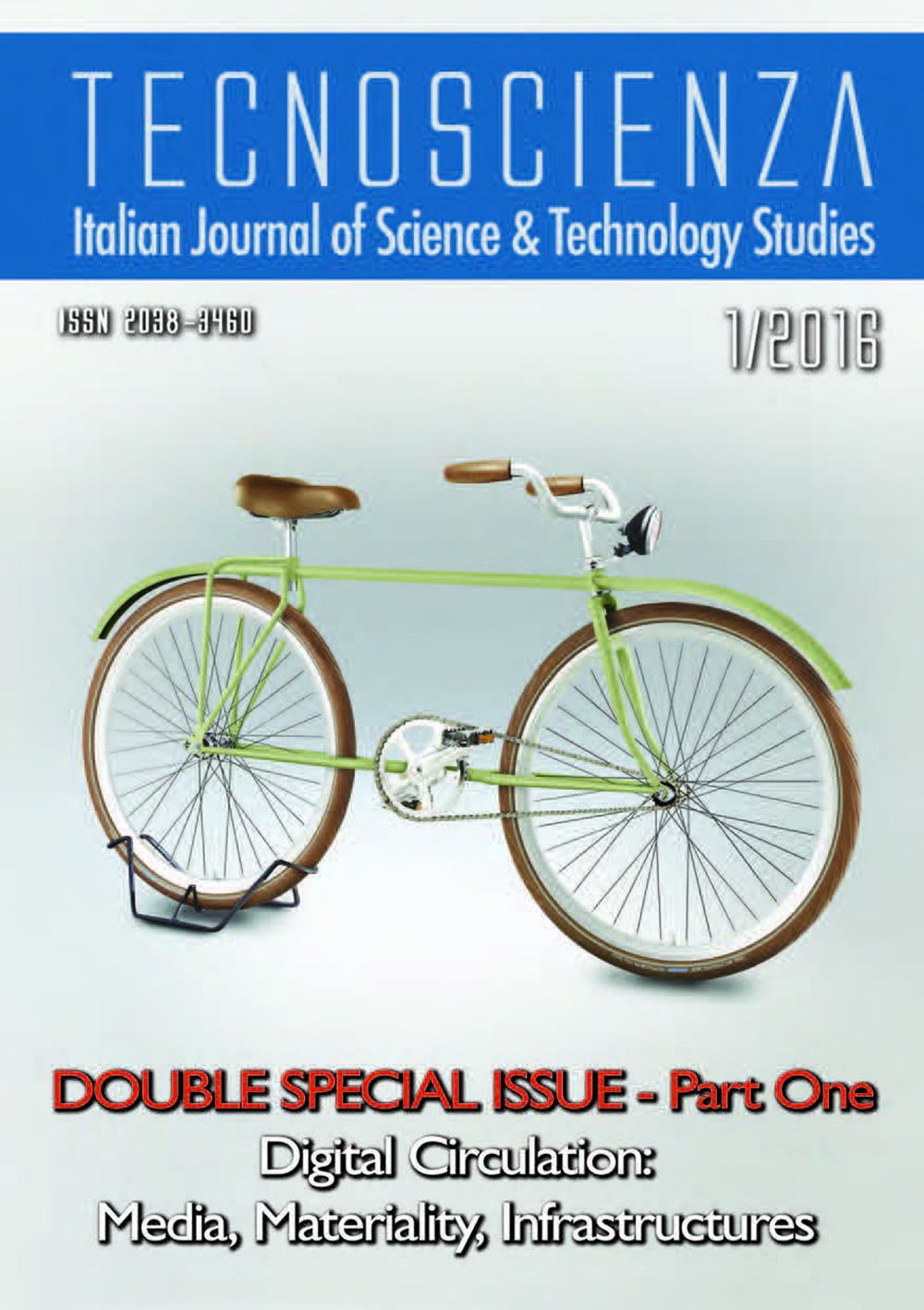Strategies of Circulation Restriction in Whistleblowing. The Pentagon Papers, WikiLeaks and Snowden Cases
DOI:
https://doi.org/10.6092/issn.2038-3460/17288Keywords:
whistleblowing, censorship, journalism, WikiLeaks, surveillance, materialityAbstract
The Pentagon Papers, WikiLeaks and Edward Snowden are among the most topical whistleblowing cases where journalists got involved to publish articles based on leaked information. On occasion of these major leaks, strategies of circulation restrictions were activated in order to stop the dissemination of the leaked material. In the Pentagon Papers case, The New York Times first published the material and received a restraining order to stop the publication (Diamond 1993); WikiLeaks was targeted with digital DDoS attacks aimed at putting it offline. In the case of Edward Snowden, The Guardian was instead forced to physically destroy hard drives where leaked documents were allegedly stored (Greenwald 2014a). This paper analyses the evolution of content circulation restriction strategies and their effectiveness in whistleblowing cases by means of the three aforementioned case studies, focusing on the material nature of the leaked documents. The analysis focuses on issues of digital materialization, content circulation and journalism, contributing to the debate on these topics in STS.





